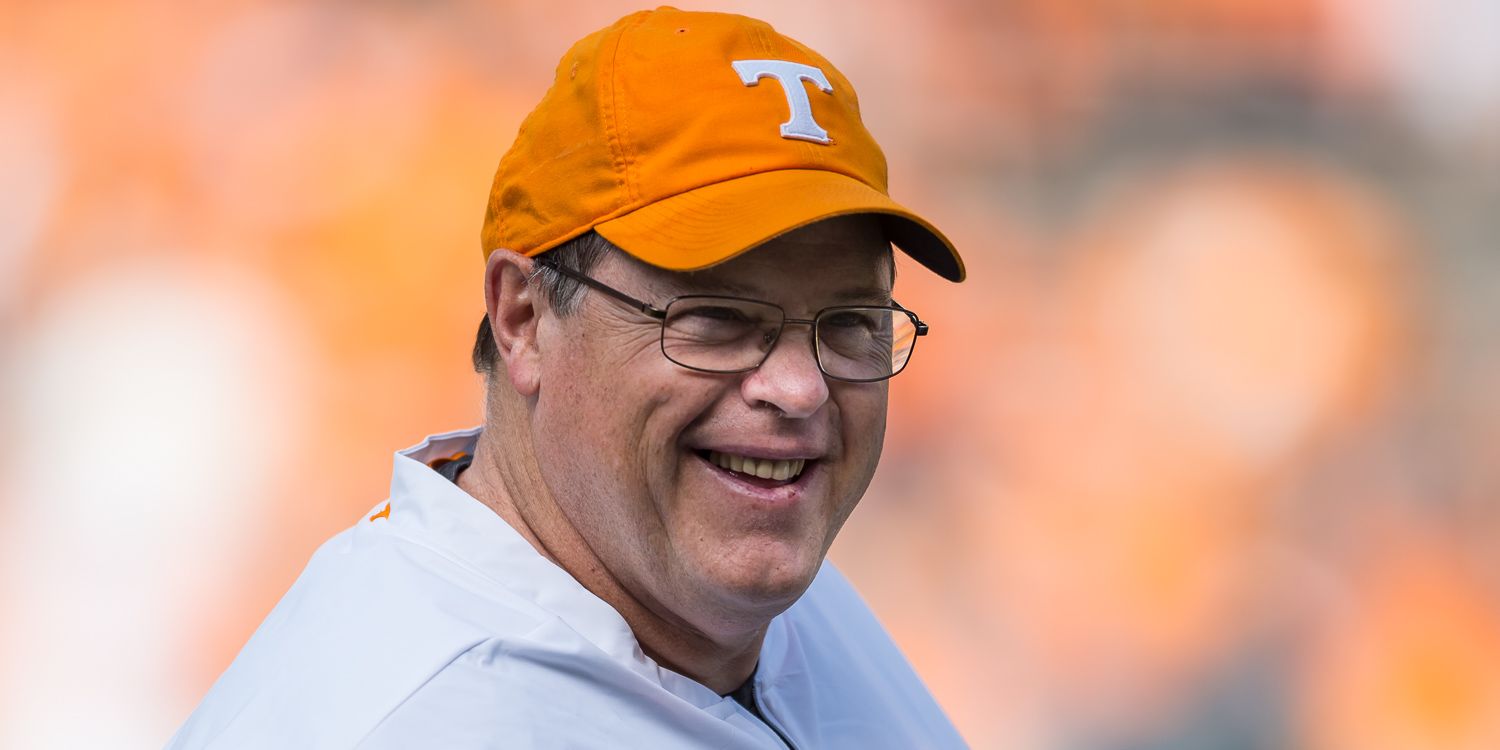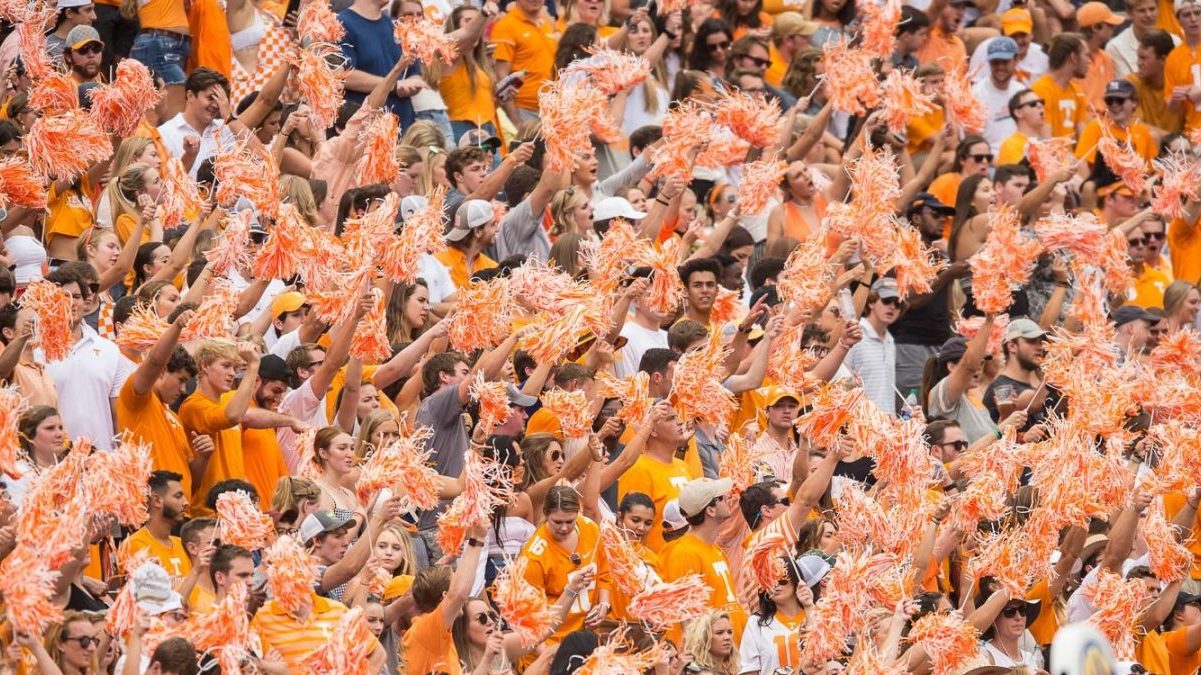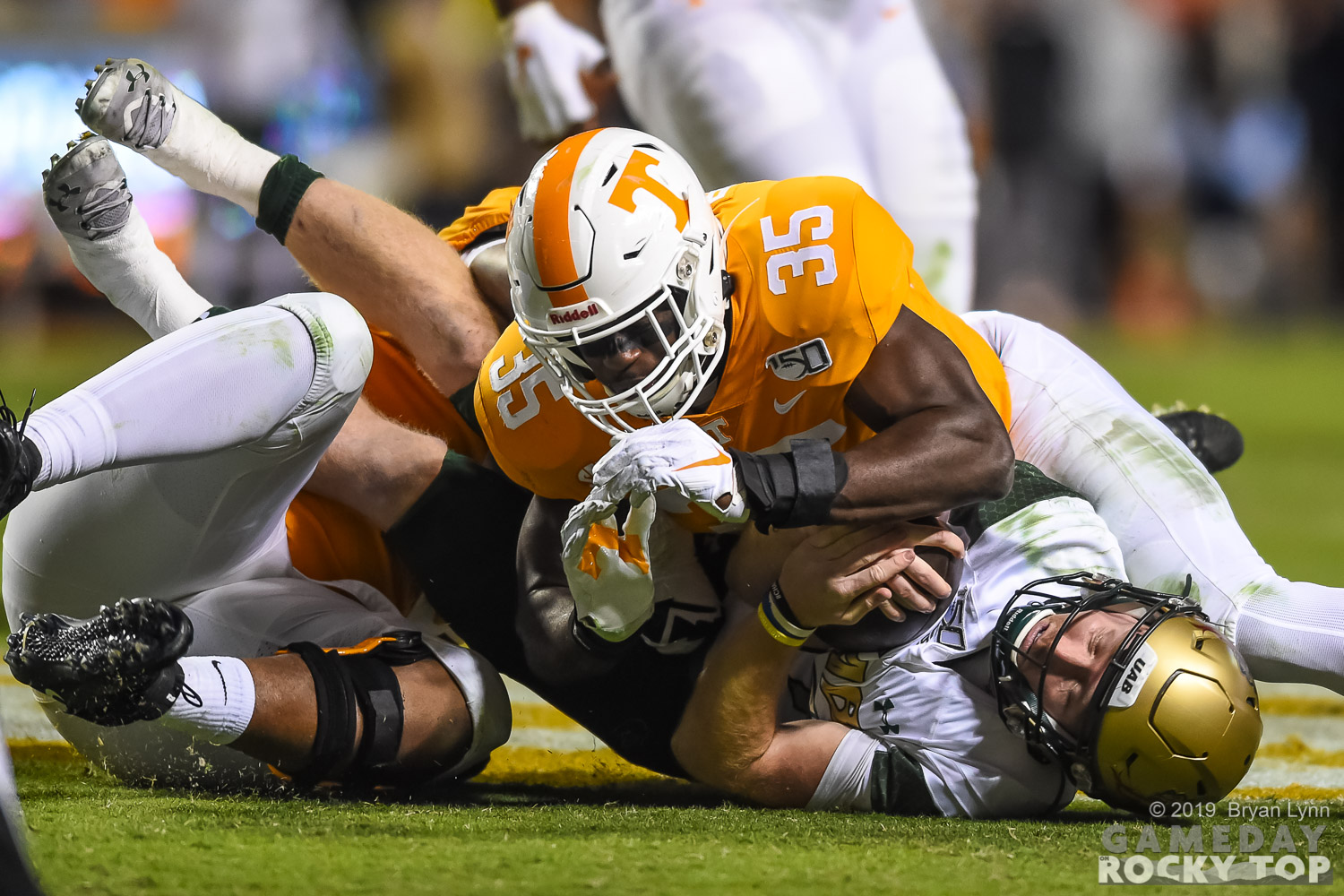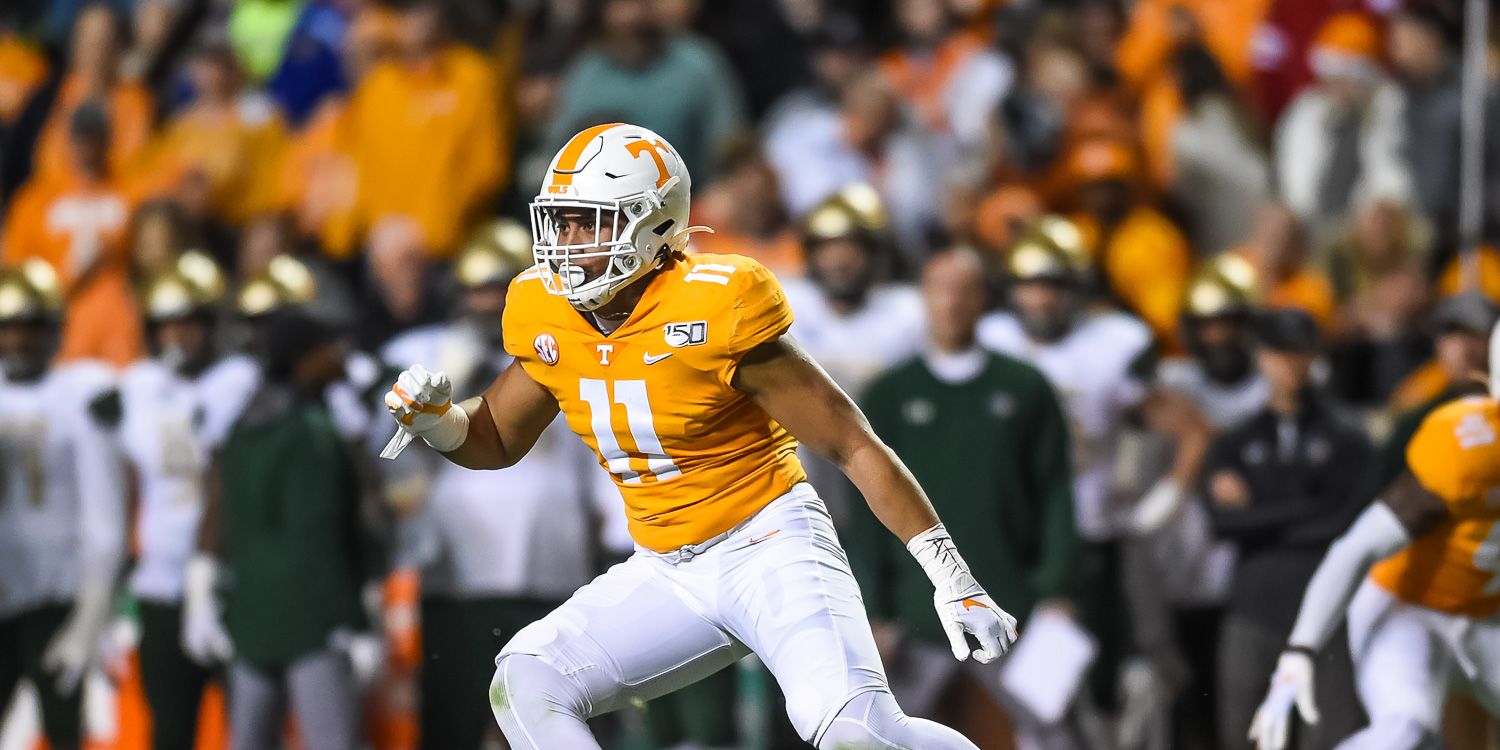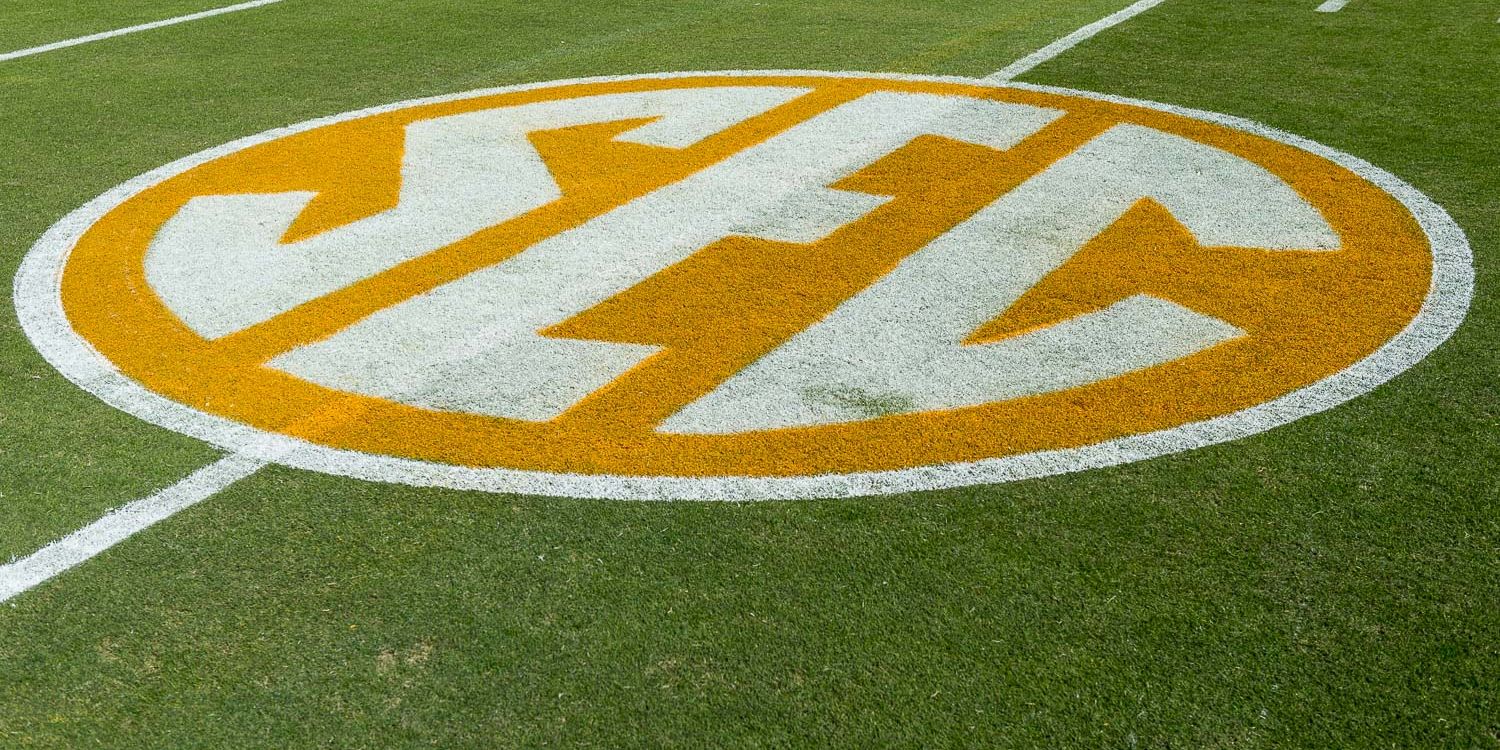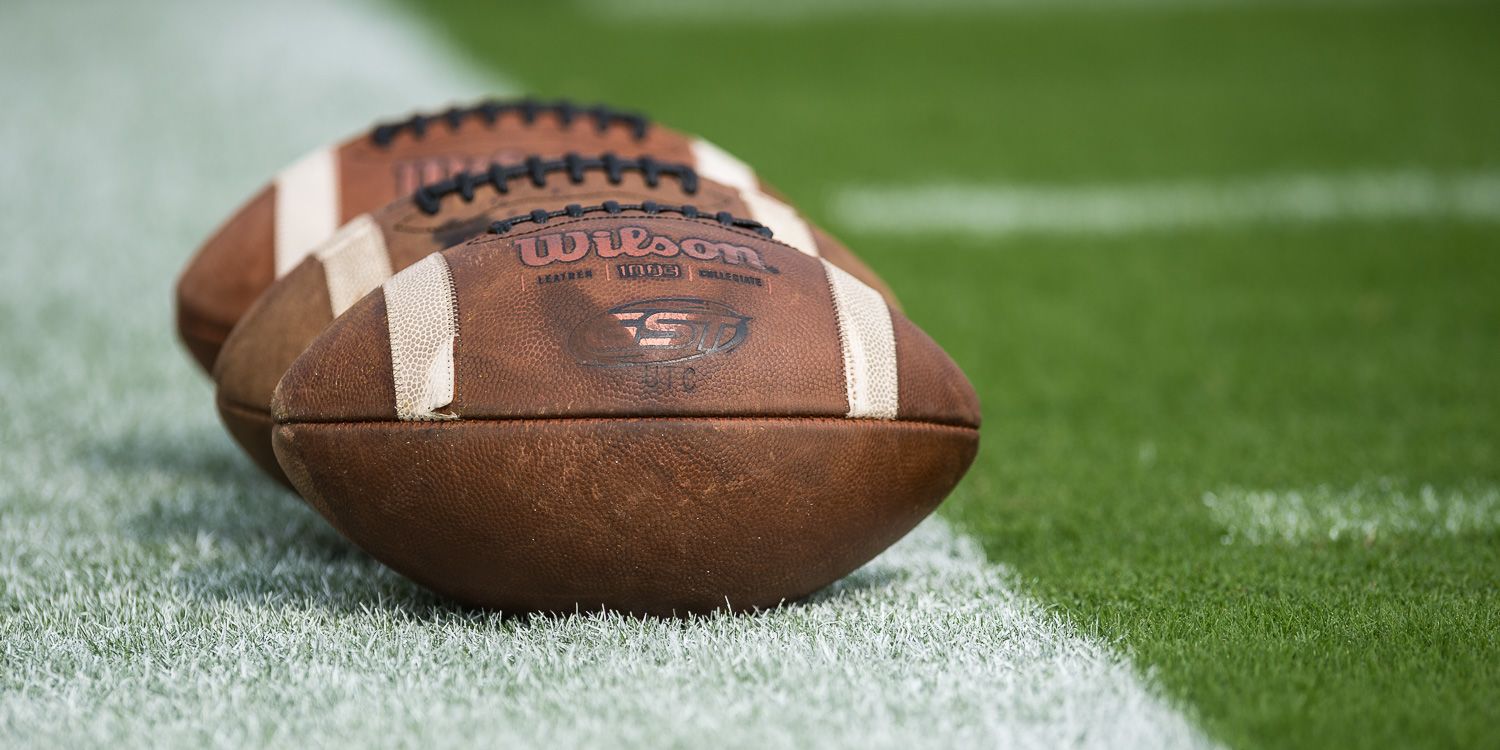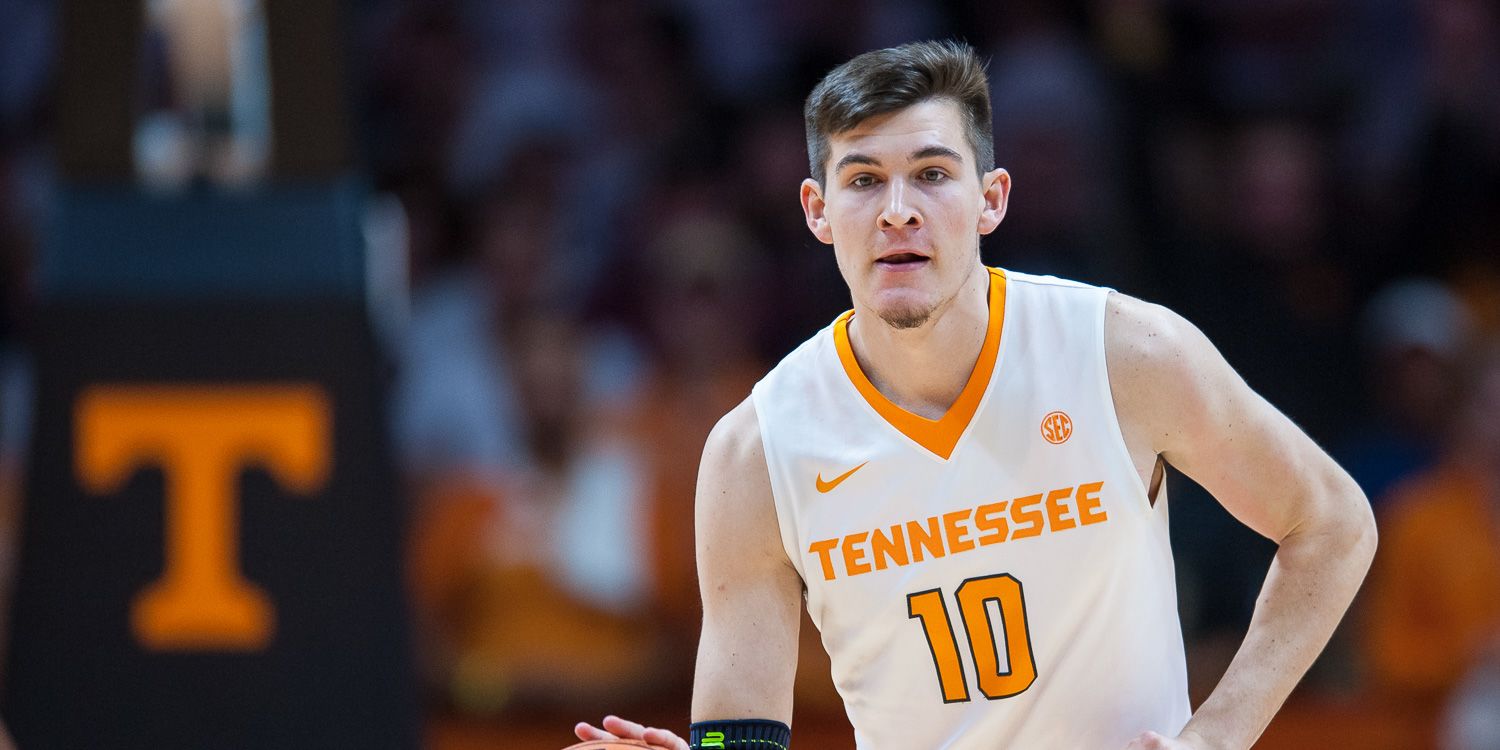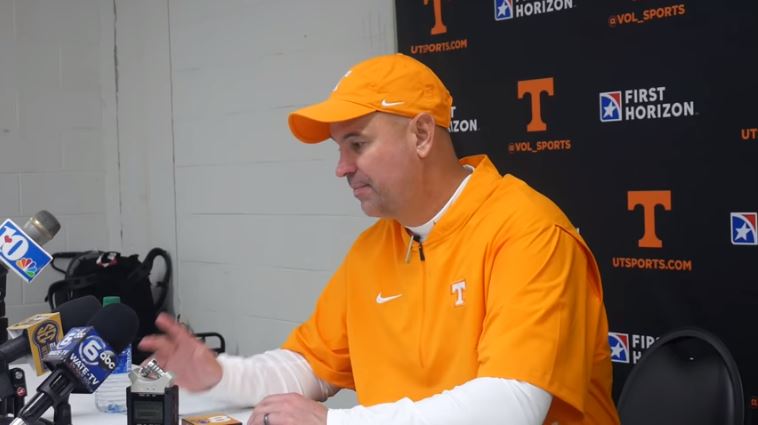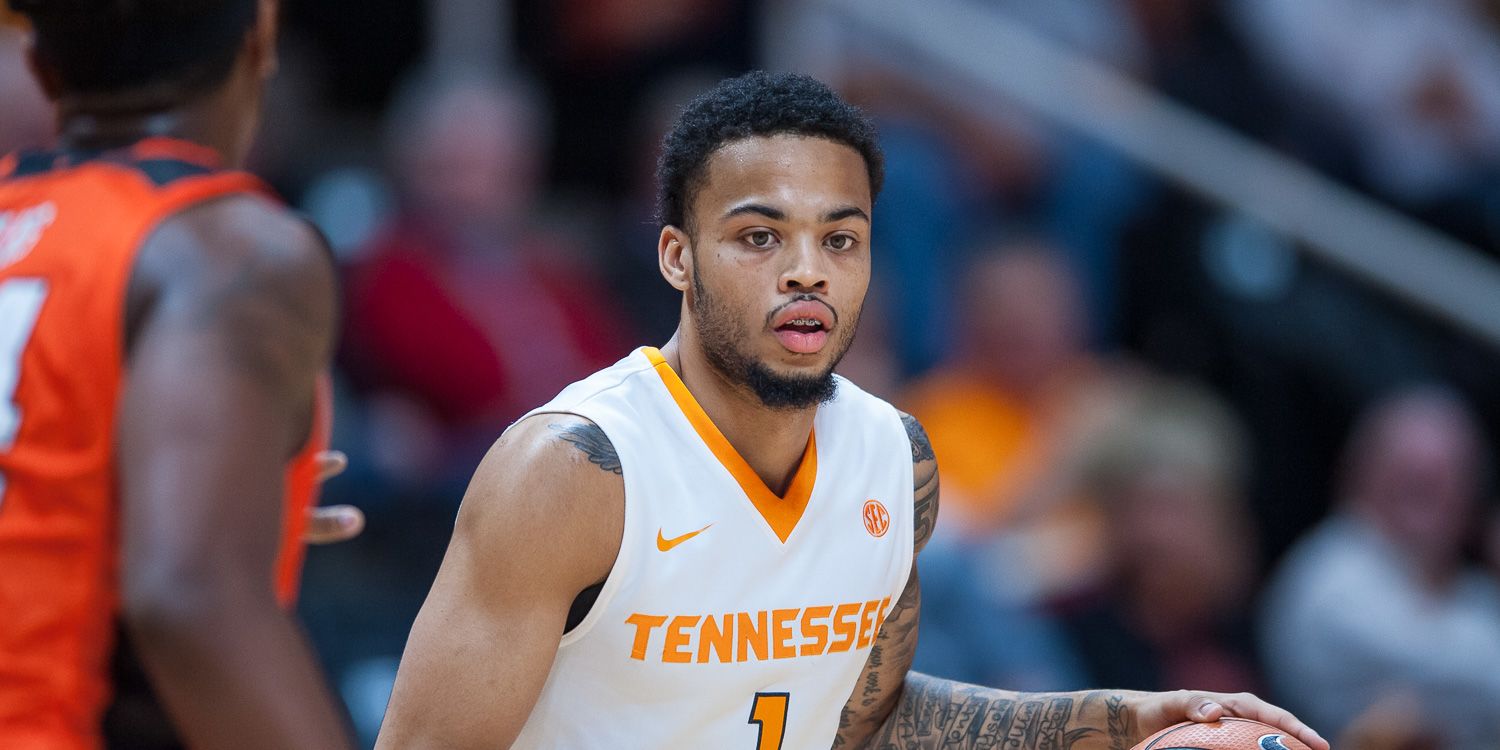Last January, we made a list of reasons that Jeremy Pruitt hiring Jim Chaney away from Georgia was a very good thing. Chaney’s offenses were incredibly and consistently productive, he was a good fit with Pruitt and Knoxville, he had decades of experience, and he seemed to be the perfect combination of both excellence and stability.
One of the biggest reasons we were juiced about the hire, though, was the notion that it not only made Tennessee better, it made Georgia worse.
Well, is it true? Here is a comparison of Tennessee’s offensive stats from the end of the 2018 regular season to the end of the 2019 regular season:
Helping yourself
If the table above doesn’t display well, try using this link.
Let’s start with the concession that not everything improved. The quarterbacks threw more interceptions (11 this year to 5 last year) and the offense got worse in the red zone this season. And despite any improvement in other areas, you can’t really say that the offense is humming.
But there was improvement in many offensive categories. Total Offense, Scoring Offense, and Rushing Offense all improved. The offense was better on first downs and more explosive in the passing game, and it was much better on third down this year than last. The biggest improvement came in keeping guys from getting tackled behind their own line of scrimmage.
If that doesn’t really move the needle for you, consider this: The Jim Chaney Effect doesn’t really show up until his second season behind the wheel.
As Will wrote in our 2019 Vols magazine, Chaney’s offense at Georgia in 2016 ranked only 74th in SP+, averaging 5.44 yards per play and 24.5 points per game. For the sake of comparison, his 2019 offense at Tennessee averaged 4.38 yards per play and 24.3 points per game. Worse on yards, about the same on points.
His 2017 offense at Georgia, though, climbed all the way to 7th in SP+ (6.7 yards per play and 35.4 points per game), and then went to 3rd in SP+ in 2018 with 7.05 yards per play and 37.9 points per game.
Here’s a tweet to prove it:
Bottom line, Tennessee’s offense has already improved in Jim Chaney’s first year, and it’s not at all unreasonable for Vols fans to expect to see a huge improvement in 2020.
Hurting your rival
What about Georgia? Your eyeballs are insisting that the Bulldogs missed Chaney something terrible this year. The numbers concur:
The 2019 Bulldogs’ offense was fine protecting the quarterback and the line of scrimmage and even held steady in the red zone. But it was worse at everything else. The Bulldogs went from 18th to 60th in Total Offense, from 14th to 51st in Scoring Offense, and from 16th to 37th in Rushing Offense even though they still had Deandre Swift and a stable of studs. The Passing Offense wasn’t needed in 2018, and the numbers got no better this year when it was.
Yes, the Georgia Bulldogs’ offense got dramatically worse this year, and it’s because Jim Chaney left for Tennessee.
